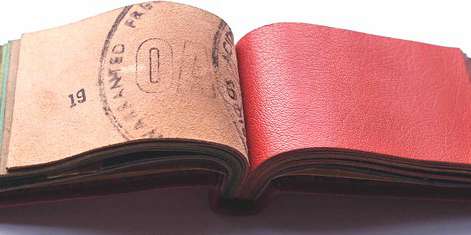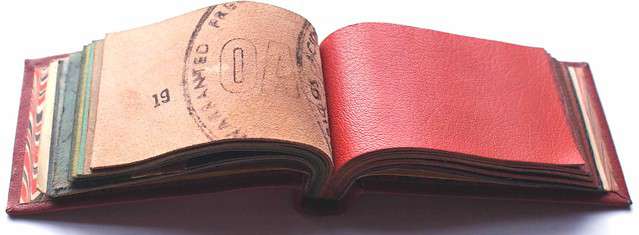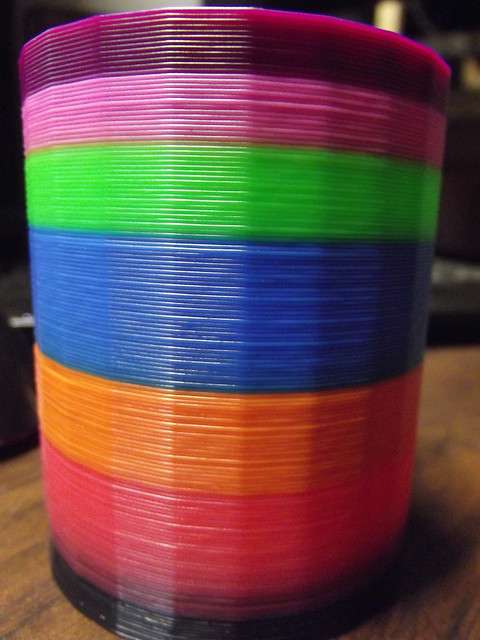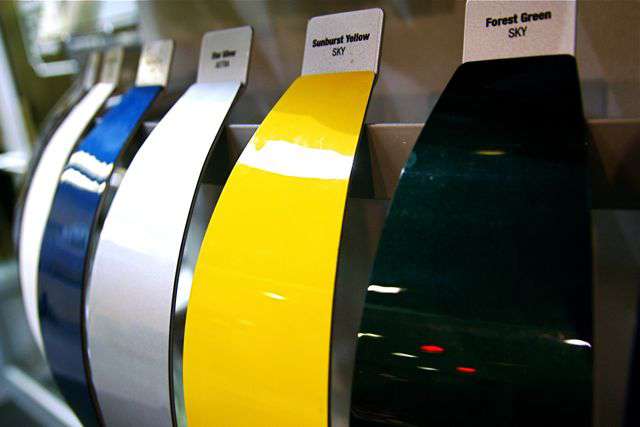
Color differentiation, texture-color comparison, and 20/20 vision are all qualities that the perfect human eye uses to classify color. However, objective differentiation of true color measurement is only possible with advanced color measurement instrumentation. Spectrophotometers provide the leading technology for quantifying color using human eye technology, and true color assessment can be used to create quality and consistency in various product industries.

The ability to generate true color measurement is important for product consistency and compatibility. Accurate color measurement is a sign of product quality and leads to consumer satisfaction. Image Source: Flickr user Edinburgh City of Print



